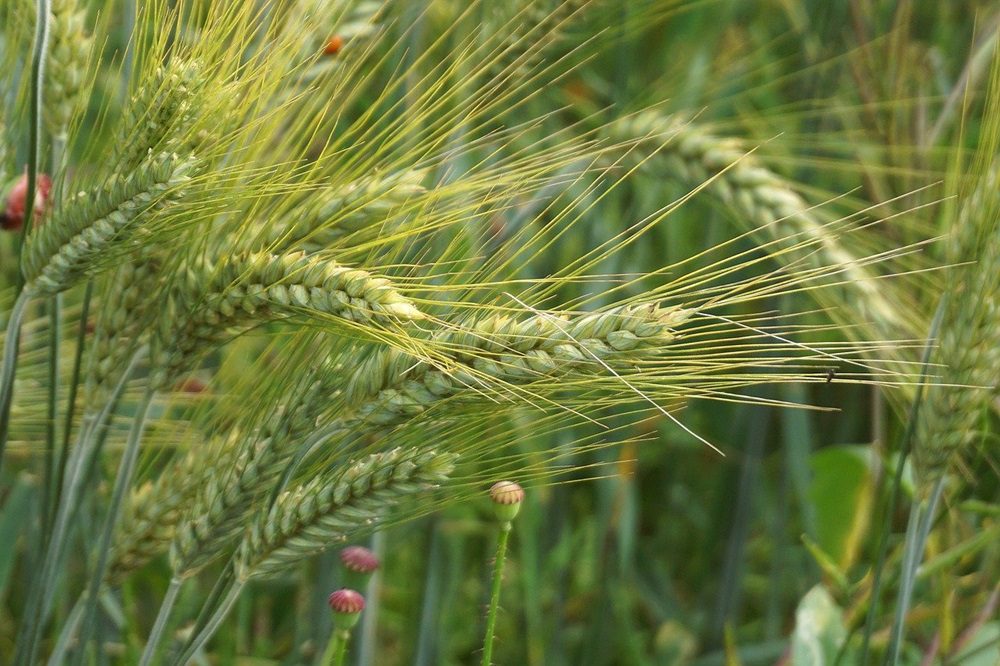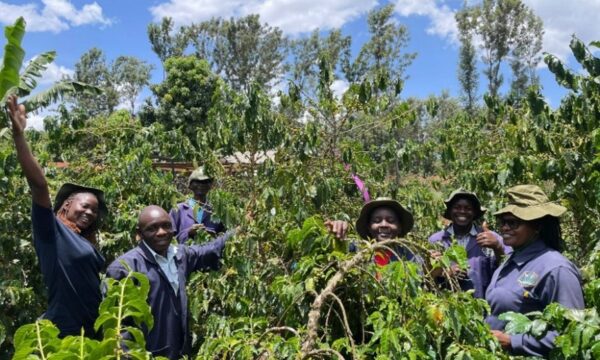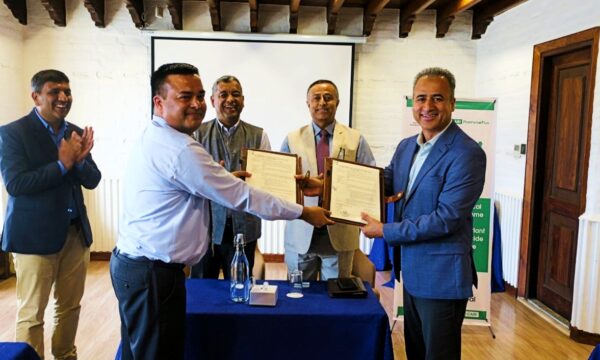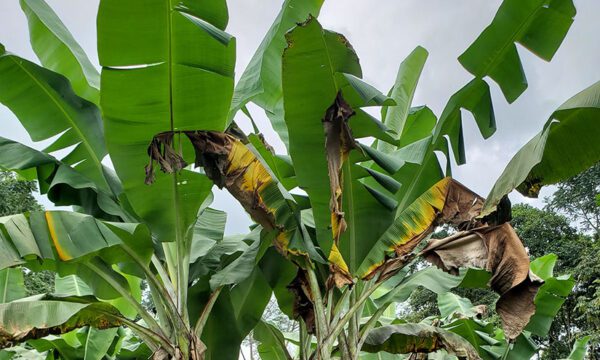
A new CABI working paper has been published assessing the impacts and management strategies to tackle wheat stem rust in East Africa with a particular focus on Ethiopia, Kenya and Uganda.
Wheat is the second most cultivated cereal globally, and the second most important crop for human consumption after maize. During the first half of 2025, the estimated value of worldwide wheat production was nearly USD $52.52 billion, and the market is expected to reach USD $65.76 billion by 2030.
In Sub-Saharan Africa (SSA), wheat is an important crop where urbanization, nutrition transition and increasing population are the main driving factors. However, there is a growing gap between production (supply) and demand, particularly in East Africa.
Wheat production deficits
The authors of the working paper state that imported wheat in Ethiopia, Kenya and Uganda stood at 28%, 75% and 95%, respectively between 1990 to 2021. These wheat production deficits mean that most countries in the region must spend their meagre resources on meeting the growing appetite for wheat for their people.
Among the biotic limitations to production, they say, is wheat stem rust (WSR), caused by Puccinia graminis f. sp. tritici which is currently the most devastating known wheat disease worldwide.
Wheat stem rust re-emerged in 1998 with the race Ug99 known to attack over 90% of the then released varieties of wheat worldwide. The epidemiology and its impact within East Africa and beyond are traced in this Working Paper.
Requires multidisciplinary and multipronged approaches
Dr Makaiko Khonje, Socio-Economist at CABI and an author of the working paper, said, “To ensure food security, our review has found that substantial work championed by both international and national research organizations has been done on Ug99 management.
“Recommendations for reducing the impact of Ug99 are made. Specifically, the use of cultural methods, biocontrol approaches, chemical use, breeding and promoting utilization of high yielding Ug99 resistant varieties and their complementary agronomic technologies can alleviate WSR damage.
“However, we also note that management of Ug99 is multifaceted, and it requires multidisciplinary and multipronged approaches.”
Better use of information on management of Ug99
The researchers add that wheat producers or farmers are the primary stakeholders in the wheat value chain, and it is important that they maximise their yield through better use of information on management of Ug99.
Wheat production in SSA and especially Eastern Africa has always been viewed as a cash crop, “rich man’s venture” based on how wheat was introduced in the region. Recent consumption trends have however changed, and this needs to align with production, the researchers suggest.
“Farmers need to view wheat as a food security crop and adopt production technologies even for dual purposes i.e., consumption and trading the surplus as is the case with other crops like maize,” Dr Khonje said.
Additional information
Main image: Wheat is the second most cultivated cereal globally, and the second most important crop for human consumption after maize (Credit: Pixabay).
Full reference
Khonje, M.G., Wamala, W.W., Kimunye, J., Wasukira, A.Z., Williams, F. and Rwomushana, I. (2025) Wheat stem rust, Puccinia graminis f. sp. tritici: An evidence note on impacts and management strategies for East Africa. CABI Working Paper 36, vi + 29 pp. DOI: https://dx.doi.org/10.1079/CABICOMM-62-8187
The full working paper can be found here.
Related News & Blogs
New partnerships to transform agricultural education and food security in Africa
CABI and RUFORUM have signed a landmark MoU to strengthen agricultural education and research across Africa, driving food security, climate resilience, and youth employment through digital tools and capacity building.
12 December 2025




